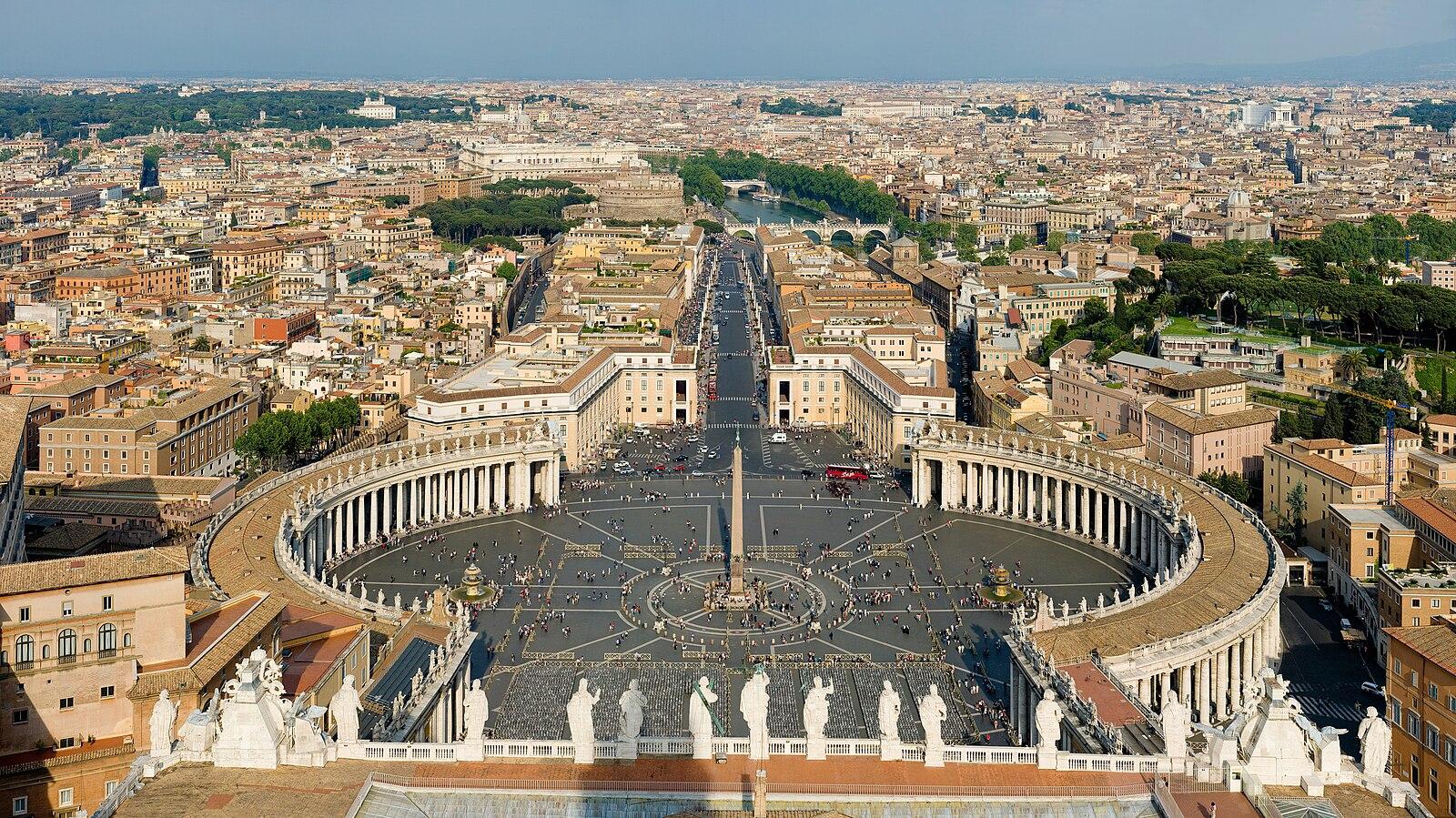Tucked inside Rome lies a place so small it might surprise you. Vatican City is the world’s tiniest independent state, yet it holds treasures that attract millions yearly. From immense treasures of art to winding alleys known only to a few, this place offers more than just the famous sights. If you imagine visiting Vatican City as stepping into a living museum, that’s partly true. But there’s more to feel-the quiet moments, the whispers of history, the daily life of locals who live in this unique micro-world.
Table of Contents
Iconic Landmarks That Define Vatican City
Almost everyone knows St. Peter’s Basilica, the giant church with its famous dome dominating the skyline. It took over 100 years to build, and the details inside are jaw-dropping. Michelangelo’s Pietà, a marble sculpture, looks so soft it seems alive. Wandering inside, you sense centuries of faith and art blending into one grand space.
For a richer experience, explore our detailed guide on the Vatican Museums experience, highlighting art and nearby stays.
Right outside, St. Peter’s Square invites thousands to gather, especially for the Pope’s appearances. The enormous colonnades, designed by Bernini, wrap around visitors like giant arms. At the heart of the square stands an ancient Egyptian obelisk, a bit of mystery brought from far away. Nearby, the Vatican Museums house more than just paintings. There’s the Raphael Rooms, the Tapestry Gallery, and the Sistine Chapel-the ceiling painted by Michelangelo’s expert hands. Seeing the Creation of Adam in person is a quiet shock. Unlike photos, the colors feel alive and stories jump out at you.
To complement your exploration of Vatican’s landmarks, explore our detailed guide on how to visit the Sistine Chapel, focusing on timings and tips for a calm experience.
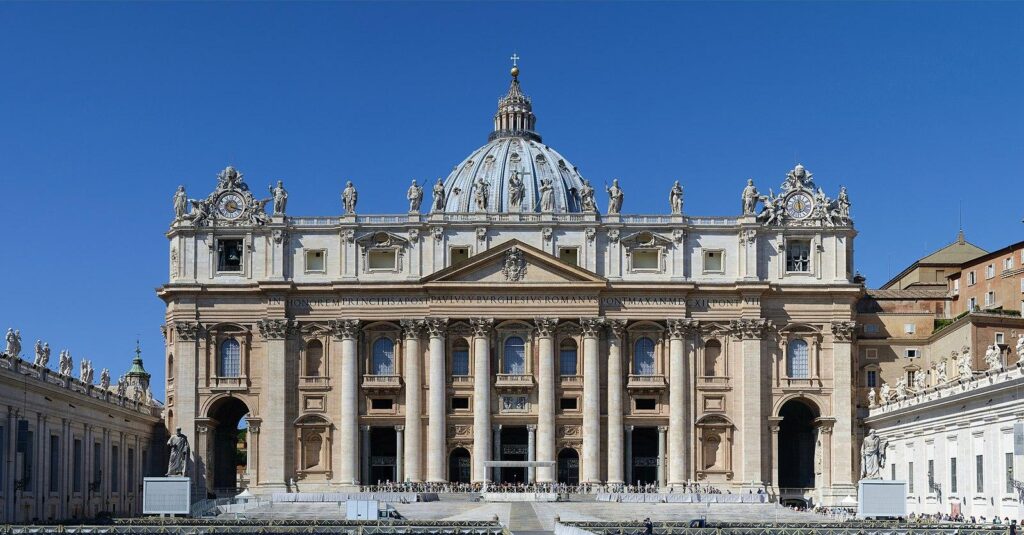
Hidden Corners and Lesser-Known Treasures
While the main sights are mind-blowing, wandering away from crowds reveals softer, quieter wonders. Gardens of Vatican City are often missed by busy visitors. These carefully trimmed gardens feel like secret green lungs, where visitors lucky enough to get special tours walk past fountains, ancient statues, and rare flowers. The climb up to the dome of St. Peter’s rewards you with an epic view across Rome’s rooftops-sometimes it’s easy to forget just how small this sovereign city is.
If you find the quiet gardens and hidden tombs of Vatican City intriguing, you might appreciate our guide to St. Peter’s Basilica, which shares details about its art and how to get there easily. Learn more about St. Peter’s Basilica visit tips.
Another hidden gem is the Vatican Necropolis, underground tombs beneath St. Peter’s Basilica. This place holds layers of history, including what some believe is the resting place of St. Peter himself. It’s not open every day, and you must book months ahead. But exploring these catacombs gives a spooky-peek into ancient Christian burial practices.
Living and Staying Close to the Vatican
Since Vatican City is mostly a museum and religious site, people don’t live here as they do in other cities. Instead, visitors usually stay in Rome’s neighborhoods around the Vatican area. Districts like Prati and Borgo are close and lively, filled with quiet streets, small cafés, and local markets. Prati is famous for its shopping streets and great pizza spots, while Borgo has narrow alleys with old charm and views of Vatican walls.
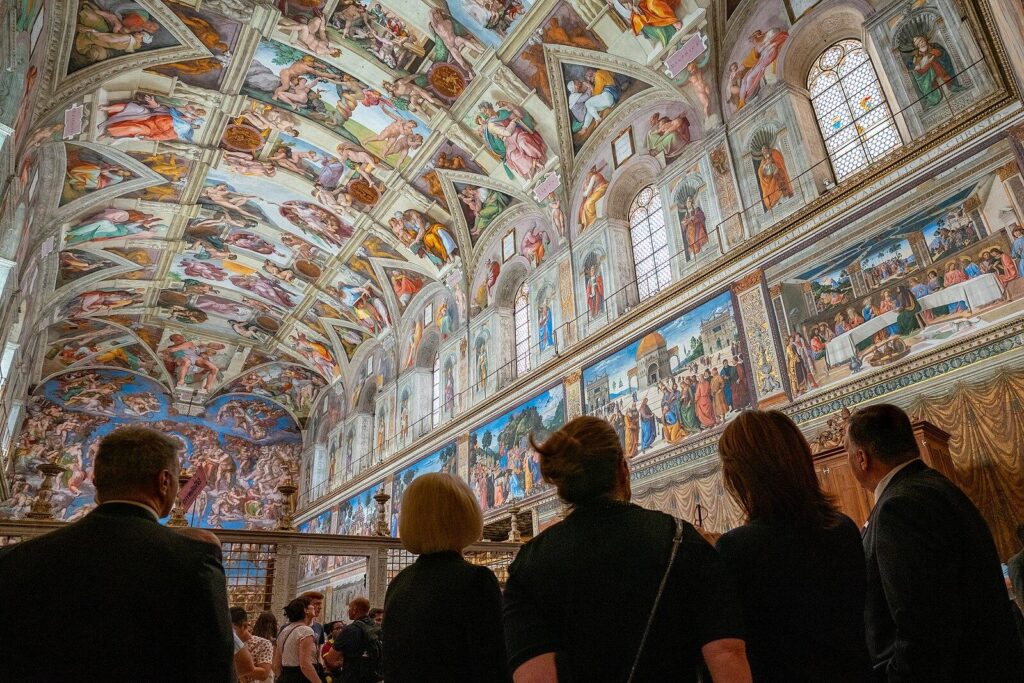
Most guests select apartments or guesthouses here, which provide a peaceful retreat after a day among crowds. Morning strolls through nearby gardens or along the Tiber River make waking up in this part of Rome extra special.
Local Flavors and Where to Eat Near Vatican
Food near Vatican City holds classic Roman flavors mixed with everyday Italian comfort. In the surrounding neighborhoods, restaurants serve artichokes-a Roman specialty-either fried or stewed. Try “Carciofi alla Romana” with fresh herbs for a taste that locals love.
Pizza and pasta are everywhere, but don’t miss small trattorias tucked away in side streets. These spots often serve simple dishes like “Cacio e Pepe,” a pasta made with cheese and pepper, surprisingly simple but deeply satisfying.
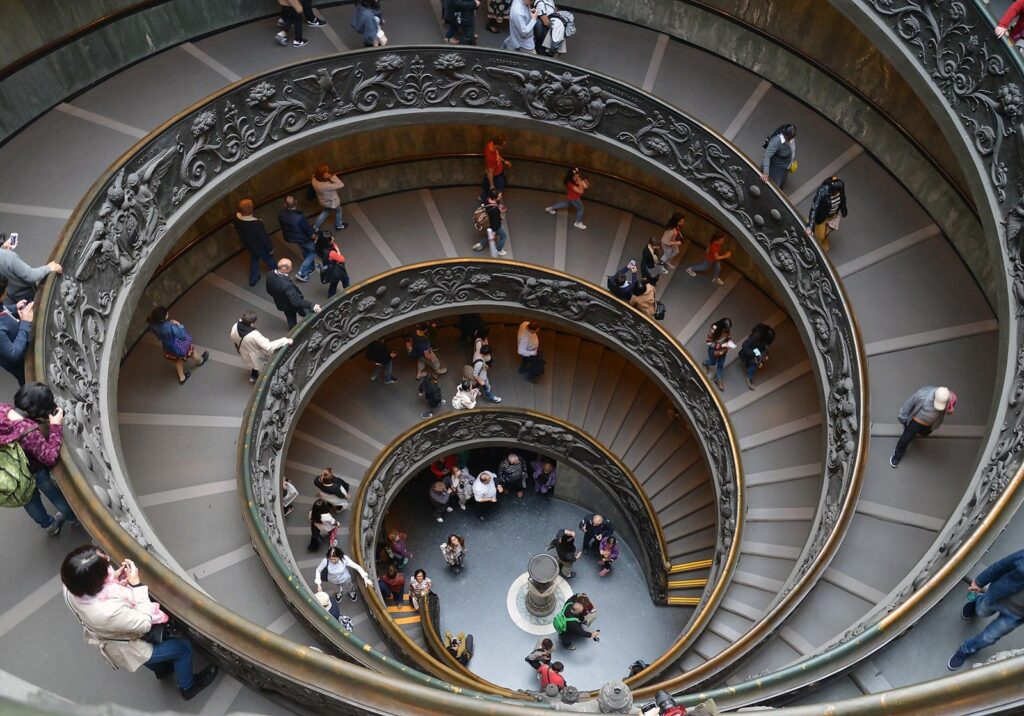
If you want a quick bite, grab a slice of pizza al taglio, a Roman-style pizza cut into squares, perfect while walking. Markets in Prati sell fresh produce and snacks if you wish to taste like a local.
Getting Around Vatican City and Nearby Transport Tips
Vatican City is incredibly walkable. You can walk everywhere in minutes, but keep in mind that entry lines to main sites like the Vatican Museums can be long. Arrive early or book tickets online to save time.
From Rome’s Fiumicino Airport to the Vatican area, the Leonardo Express train to Rome Termini station is fast and reliable. From Termini, the metro’s Line A will take you close to Vatican City, stopping at Ottaviano or Cipro stations. These stations are just a short walk from the city walls. Buses also pass through the area frequently.
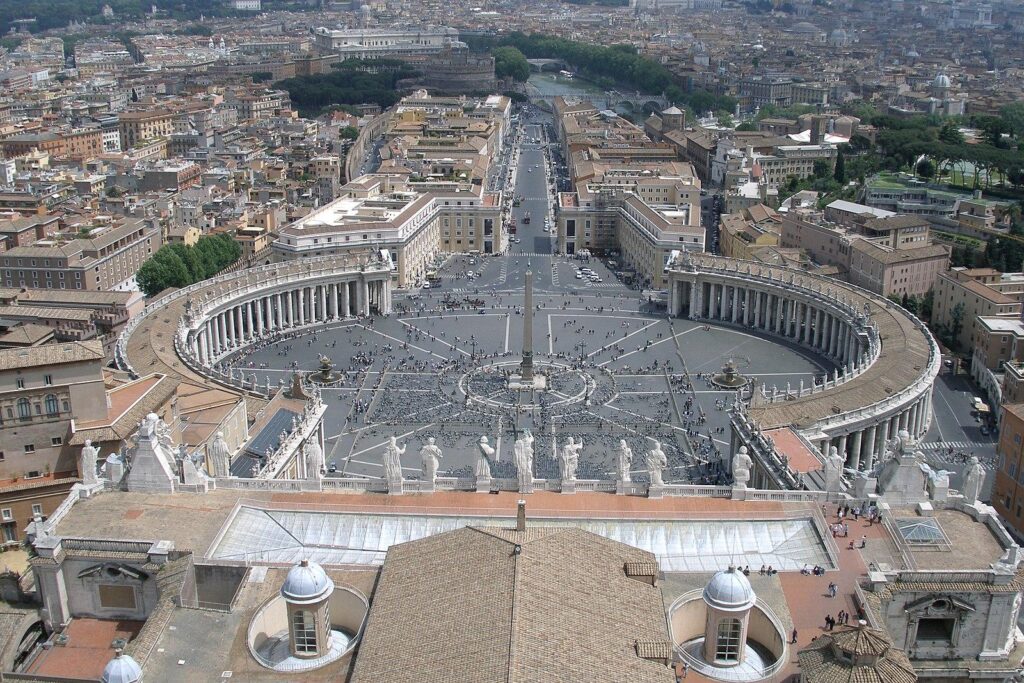
Keep your walking shoes ready; many spots inside the Vatican’s walls are only accessible on foot.
A Few Cultural Notes and Vatican Customs
Visiting Vatican City means stepping into a place deeply rooted in religious tradition. When entering St. Peter’s Basilica or the Vatican Museums, dress matters: shoulders and knees should be covered. It’s a sign of respect, not a burden. Also, silence is golden-many visitors find themselves whispering to respect the sacred atmosphere.
Speaking of customs, the Vatican’s guards wear the famous colorful uniforms. Called the Swiss Guards, they have protected the Pope for over 500 years! A common question among visitors is whether photography is allowed in the Sistine Chapel-it is not, so enjoy with your eyes, not your cameras.
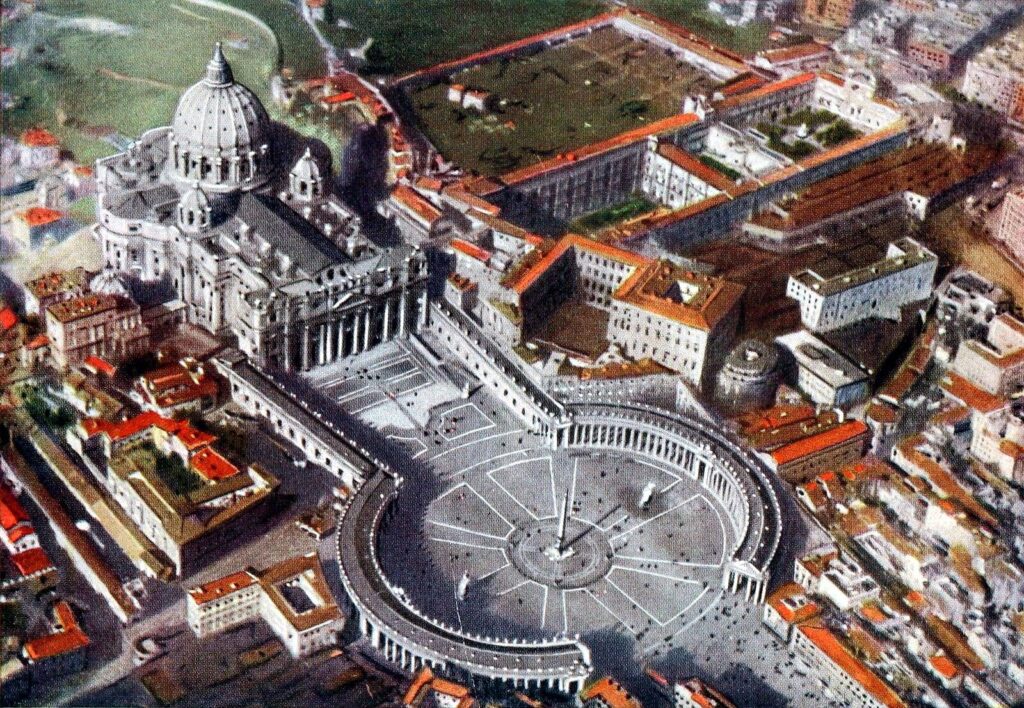
Stories and Surprises: Vatican’s Lesser-Known History
Did you know that Vatican City was only established as an independent country in 1929? Before that, its relationship with Italy was complicated. Also, the Vatican Library holds some of the world’s oldest manuscripts, some dating back over a thousand years. These priceless books were once guarded with more care than treasure chests filled with gold.
One fun urban myth tells of secret tunnels beneath the Vatican, said to connect to other parts of Rome. While some tunnels do exist for practical reasons, no one quite knows all their purposes. When wandering through Vatican City, keep an eye out for small plaques and symbols; they hint at stories centuries old.
And lastly, Vatican City’s population is tiny, mostly religious officials and guards, so the quiet moments between tour groups give a glimpse of a different pace-a spiritual, slow heartbeat in the world’s smallest kingdom.

A digital nomad exploring cities across the globe, with a passion for local street food and hidden cafes.
- St Peter's Square, Vatican City – April 2007 by Diliff on Wikimedia Commons – cc by-sa 3.0
- Basilica di San Pietro in Vaticano September 2015-1a by Alvesgaspar on Wikimedia Commons – cc by-sa 4.0
- Circular staircase of the Vatican Museums by Livioandronico2013 on Wikimedia Commons – cc by-sa 4.0
- Rome, Vatican, Italy, Saint Peter's Square as seen from Michelangelo dome by Vyacheslav Argenberg on Wikimedia Commons – cc by 4.0
